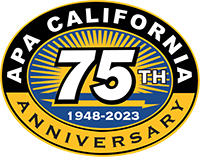Planning helps create communities of lasting value. While an architect may focus on a single building, a planner's job is to work with residents and elected officials to guide the future of an entire community or region.
- Adapted from the American Planning Association website
Planning Pioneers
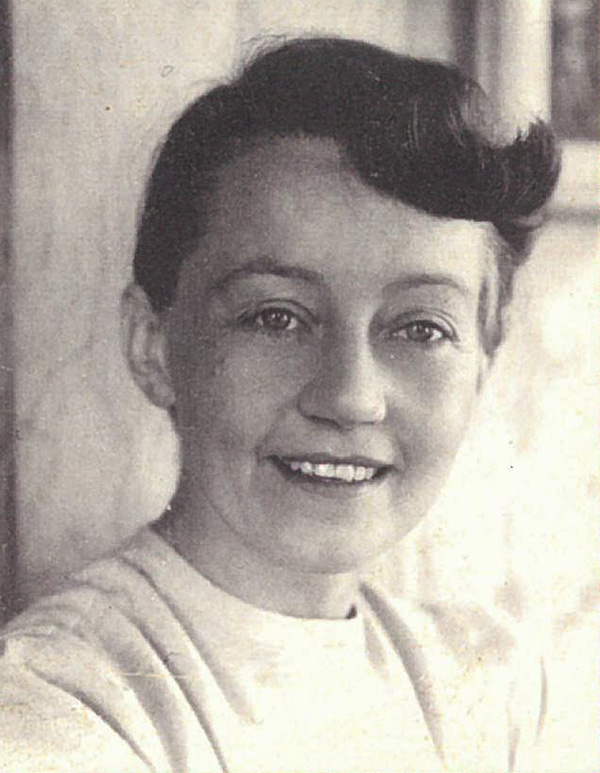
Catherine Bauer (Wurster)
Today's debates about public housing have a familiar ring to those who know the work of Catherine Bauer (1905-1964), who described many of the problems in her 1934 book, Modern Housing. Bauer's views had a strong influence on the housing legislation of the New Deal, but in the 1950s she became an equally articulate advocate for long-range planning to guide metropolitan growth. In a 1951 essay titled "Social Questions in Housing and Community Planning," she laid the foundation for what would later be called social planning. Designed a National Planning Pioneer in 1988.
Karl J. Belser
Karl Belser (1902-1972) was an early advocate for agricultural land protection. As Planning Director of Santa Clara County in the 1950s and 1960s, Belser promoted the concept of an agricultural greenbelt to protect ag land and define areas for future urban development, which led to the adoption in 1954 of the county's first exclusive agricultural zoning. After leaving Santa Clara County in 1966 Belser worked for the United Nations on housing issues, but continued to advocate through his writings for agricultural land protection and urban growth management in California.
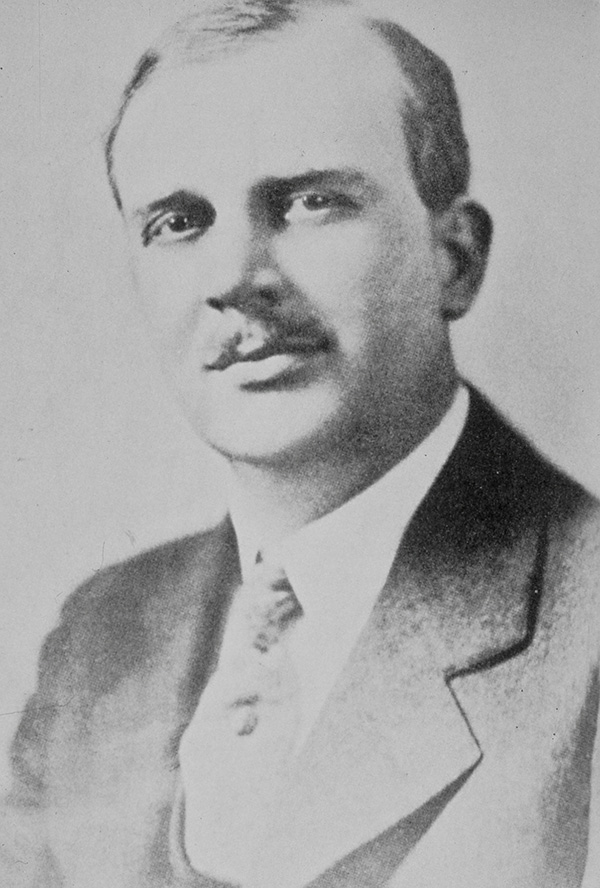
Charles H. Cheney
California planner Charles H. Cheney (1884-1943) was a founding member of the American City Planning Institute in 1917. He is credited with helping win passage of the state's first planning law in 1915 and with developing such regulatory instruments as protective covenants, architectural controls, and homeowner associations. Cheney organized the first California Conference on City Planning, held in Monterey, California in October 1914. Designated a National Planning Pioneer in 1993.
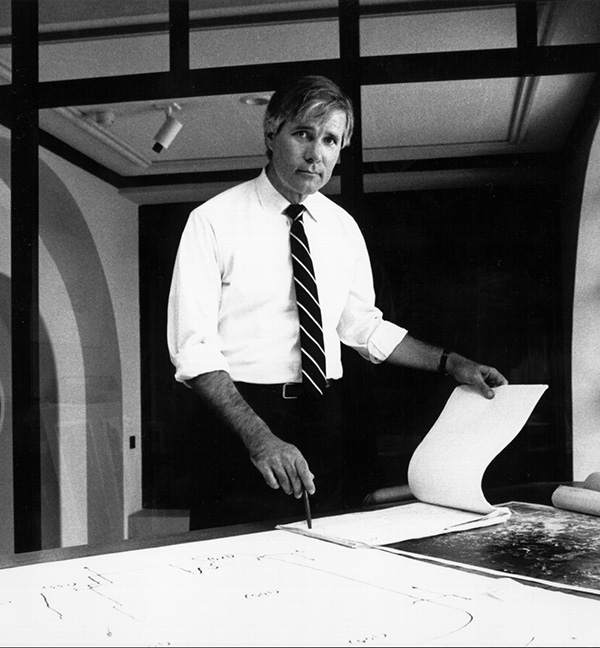
Paul Crawford, FAICP
Paul Crawford (1947-2008) was the youngest county planning director in California when in 1980 at age 33 he became San Luis Obispo County Planning Director. In that position he instituted numerous innovative zoning and permit tracking reforms. In 1990 he co-founded the planning firm Crawford Multari & Clark Associates, which worked extensively with cities and counties throughout Northern and Central California. As a consultant, Crawford worked on over 90 zoning ordinance updates and over 30 general plans. He also taught planning at Cal Poly San Luis Obispo as an adjunct professor from 1980 to 2006. In the 1990s Crawford became a leader in the Congress for new Urbanism and later the Form-Based Code Institute. Shortly before his death he co-authored Form-Based Codes: A Guide for Planners, Urban Designers, Municipalities, and Developers.
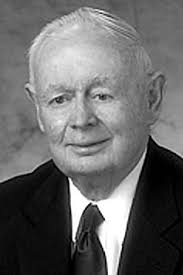
Daniel J. Curtin, Jr.
Dan Curtin (1933-2006) was widely regarded as the "dean" of land use and local government law in California. He worked as legal counsel for the California Legislature and local governments in California, serving 17 years a City Attorney for the City of Walnut Creek. He subsequently went into private practice with Bingham McCutchen law firm, where he led their land use and local government group for over 20 years. Curtin taught continuing education programs and published extensively, most notably Curtin's California Land Use and Planning Law, which was updated and republished annually for over 30 years. Beginning in the 1970s and continuing into the early 2000s, Curtin played a major role in defining the importance of the general plan in guiding local government land use policy and regulation. Throughout his career, he shared the message that planning mattered and that work of planners was important and worthy of the best we could bring to it.
Simon Eisner
Simon Eisner is a Californian who has been active in planning since the late 1930s. He co-authored the 1943 Los Angeles Plan for Freeways, introduced comprehensive planning to numerous local governments as a consultant, founded the planning curriculum at the University of Southern California, and co-authored The Urban Pattern (fifth edition, 1986) with Arthur Gallion. Designated a National Planning Pioneer in 1991.
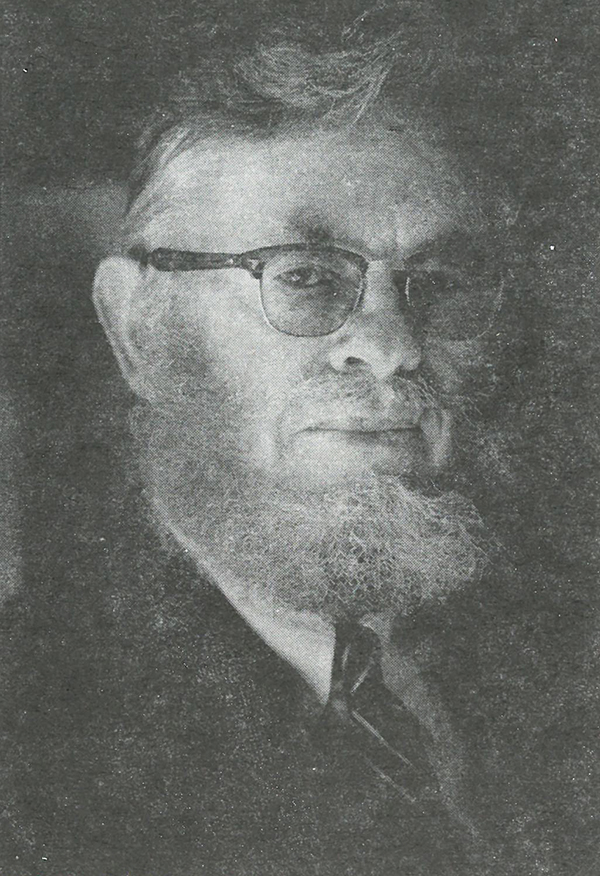
T.J. Kent, Jr.
T.J. Kent, Jr. (1917-1998) was the first chairman of the first graduate planning program on the West Coast at the University of California at Berkeley (1948). He also authored The Urban General Plan (1964). Designated a National Planning Pioneer in 1990.
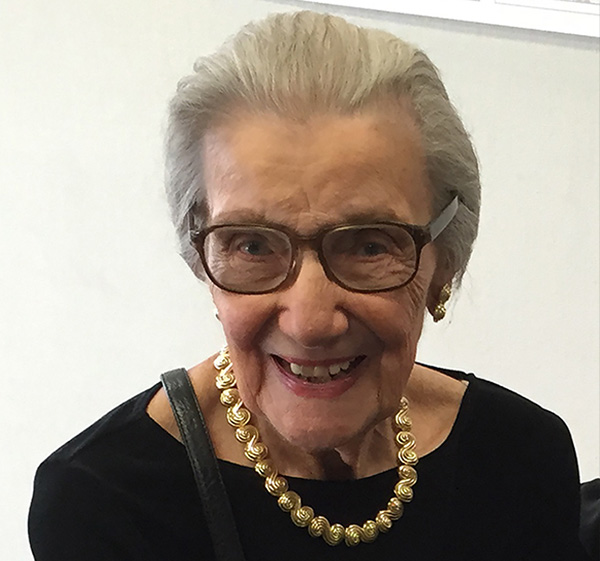
Margarita Piel McCoy, FAICP
An early advocate for planning, Margarita Piel McCoy (1923-2016) brought a strong female voice to the profession at a time when men dominated the field. She became the first woman appointed to a full professorship of urban planning at a major university, and the first woman to chair a planning department in the United States. Even after her teaching career ended, McCoy remained involved in the planning profession, working in private practice advising communities on comprehensive plans and advocating for changes in the planning process so that citizens and community groups had greater input. Designated a National Planning Pioneer in 2018.
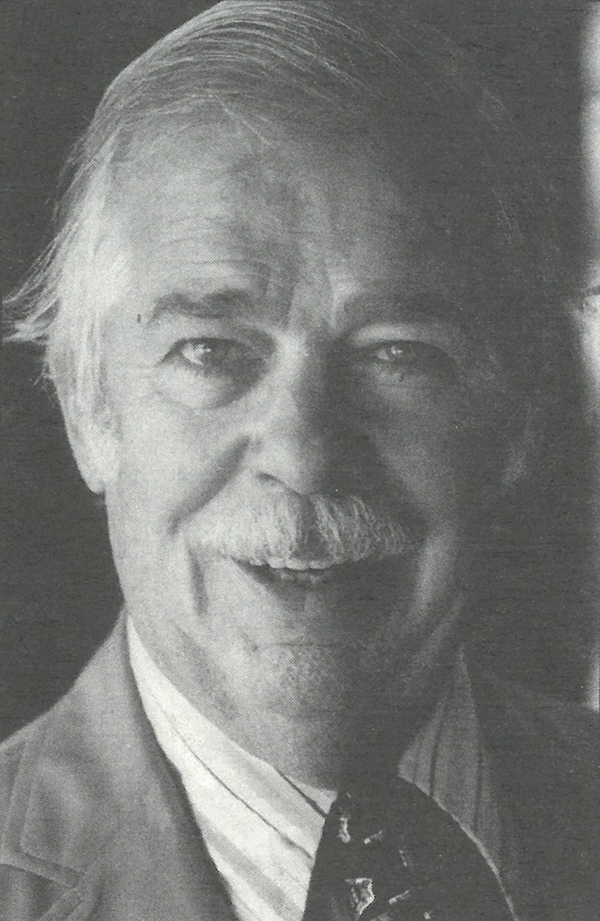
Corwin R. Mocine
Corwin R. Mocine, whose firm developed the Petaluma Plan of 1971, had a lifetime commitment to planning. In 1940, he helped found Telesis, an organization of San Francisco Bay area architects and planners. He was active in the American Planning Association's two predecessor organizations, the American Society of Planning Officials and the American Institute of Planners. He served as AIP president in 1960-1961. Designated a National Planning Pioneer in 1997.
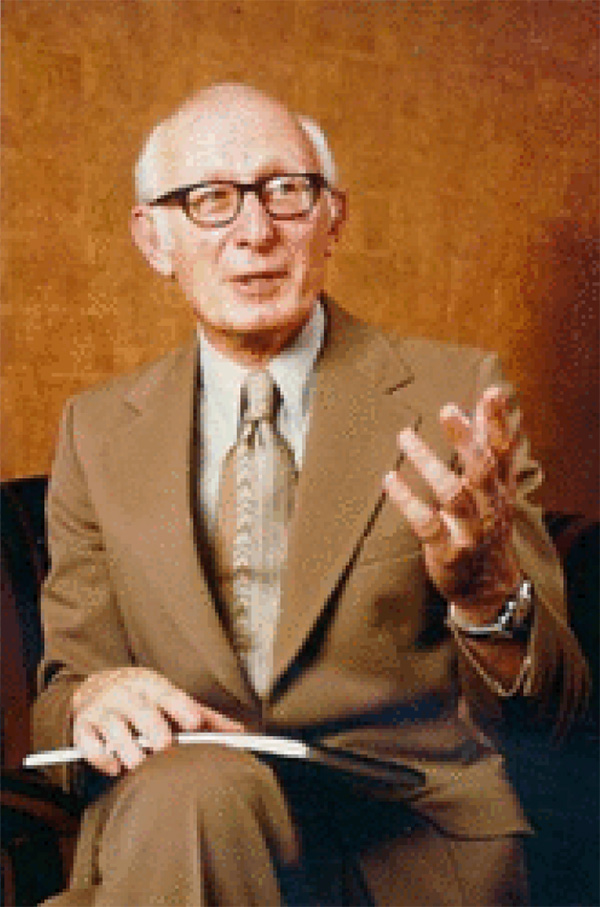
Harvey S. Perloff
Harvey S. Perloff (1915-1983) was dean of the School of Architecture and Urban Planning at the University of California at Los Angeles from 1968 until his death. In 1982, he received the first distinguished planning educator award of the Association of Collegiate Schools of Planning. In the 1950s, Perloff headed the planning school at the University of Chicago. He is known for a series of books, including Planning the Post Industrial City (1980). Designated a National Planning Pioneer in 1992.
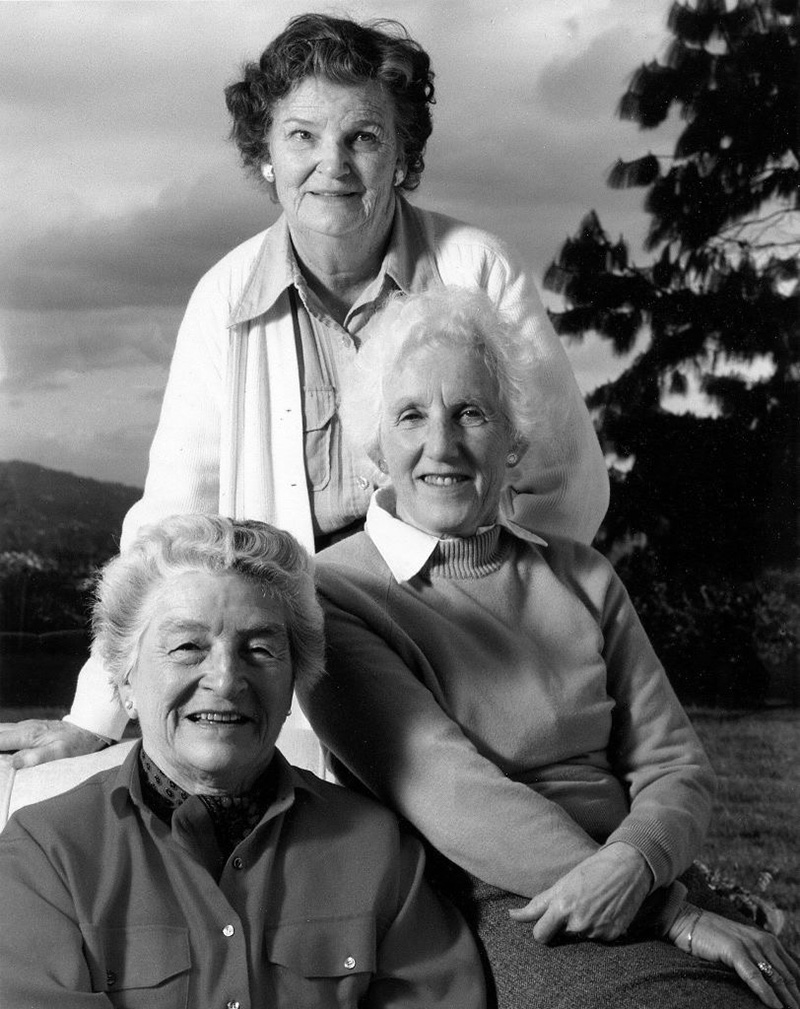
Save San Francisco Bay
Sylvia McLauglin, Esther Gulick, and Catherine Kerr founded the San Francisco Save the Bay Association in 1961 with the goal of halting a City of Berkeley plan to fill more than 2,000 acres of the Bay. By 1969 the association had 17,000 members. These early efforts led to the establishment of the San Francisco Conservation and Development Commission (BCDC) in 1965 and adoption of the Bay Plan in 1965. BCDC has not only halted the shrinking of San Francisco Bay but has presided over enlargement of the Bay through restoration of formerly diked bay lands to functioning tidal marsh habitat.
Mel Scott
Mel Scott (1906-1988) authored American City Planning Since 1890, published in 1969 and now a planning history classic. Designated a National Planning Pioneer in 1990.
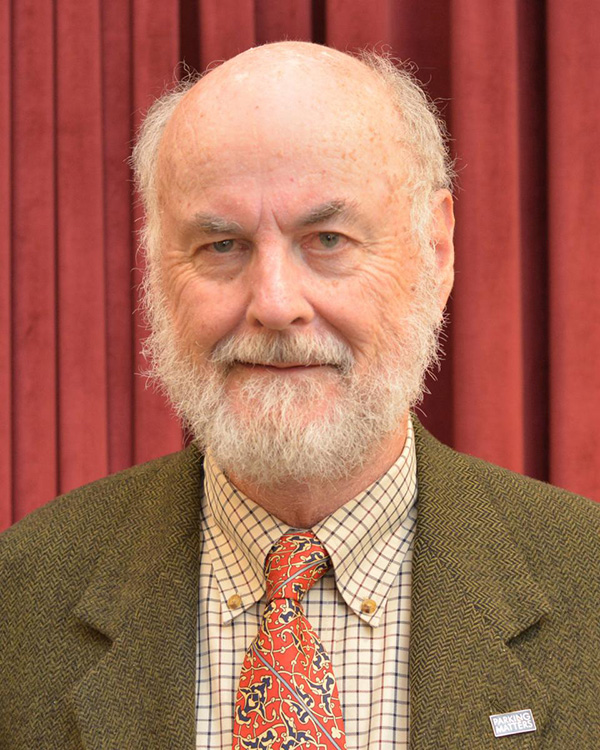
Donald Shoup, FAICP
Donald Shoup's work has redefined the relationship between transportation and land use. He has extensively studied parking as a key link between transportation and land use, with important consequences for cities, the economy, and the environment. Shoup's book, The High Cost of Free Parking and his other innovative ideas have led to cities across the country reevaluating their parking policies with the new realization that parking has impacts not only in the here and now, but in the greater community and environment for years to come. Designated a National Planning Pioneer in 2014.
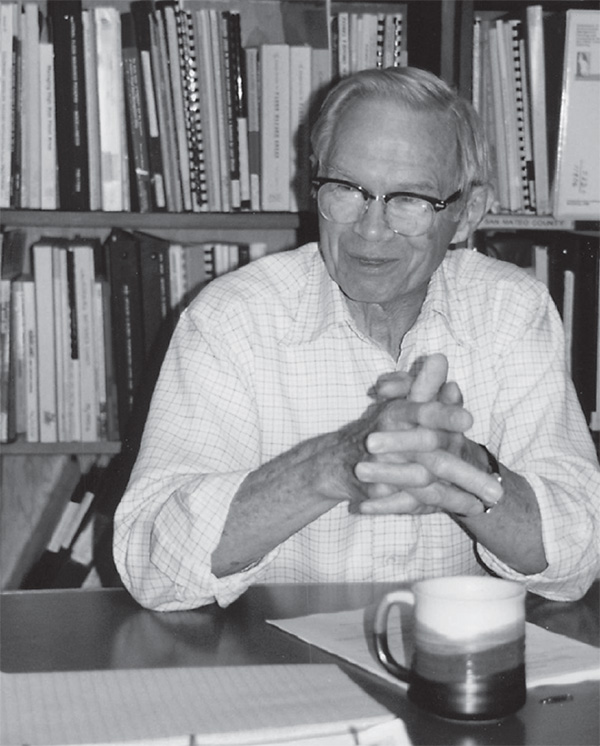
William E. Spangle
In 1938, William E. Spangle received the first degree in city planning awarded by the University of California at Berkeley. He was a founding member of Telesis, the group responsible for initiating regional comprehensive planning in the San Francisco Bay Area. His consulting firm, established in 1959, became widely known for its recommendations concerning geological hazards. Designated a National Planning Pioneer in 1992.
Francis Violich, AICP
Franics Violich, AICP, an educator and consultant, is widely recognized for his influence on urban planning in Latin America in 1944 and culminating with the book Urban Planning for Latin America: The Challenge of Metropolitan Growth in 1987. He retired from the city and regional planning faculty at the University of California at Berkeley in 1976. Designated a National Planning Pioneer in 1992.

Gordon Whitnall
The city and county of Los Angeles owe their planning commissions to Gordon Whitnall (1888-1977). In 1920, he succeeded a seven-year campaign to establish a city planning commission and then became the city's first planning director. In 1922, Whitnall helped organize a regional planning conference in Los Angeles County. That same year, as a result of his efforts, the Los Angeles County Regional Planning Commission was established - the first county planning commission in the nation. Designated a National Planning Pioneer in 1994.
Sydney Williams
Following his service in WWII Sydney Williams (1916-2002) worked for the San Francisco Planning Department and then joined the faculty of the newly created Department of City and Regional Planning at UC Berkeley. He served as the Planning Director of the City of Cincinnati for several years before returning to California to co-found the consulting firm of Williams and Mocine with Corwin Mocine. An early advocate for pedestrian accessibility and urban aesthetics, he and his firm prepared numerous general plans for California cities.

Jack and Laura Dangermond
Jack Dangermond, founder and president of ESRI, and his wife Laura Dangermond founded ESRI in 1969 on the idea that computer-based mapping and analysis could make significant contributions to geographic planning and environmental science. The consulting firm applied computer mapping and spatial analysis to help land use planners and resource managers make informed decisions. The company's early work demonstrated the value of Geographic Information Systems (GIS) for problem solving. Since then ESRI has become the global market leader in GIS and location intelligence with a user base of about 350,000 organizations worldwide.
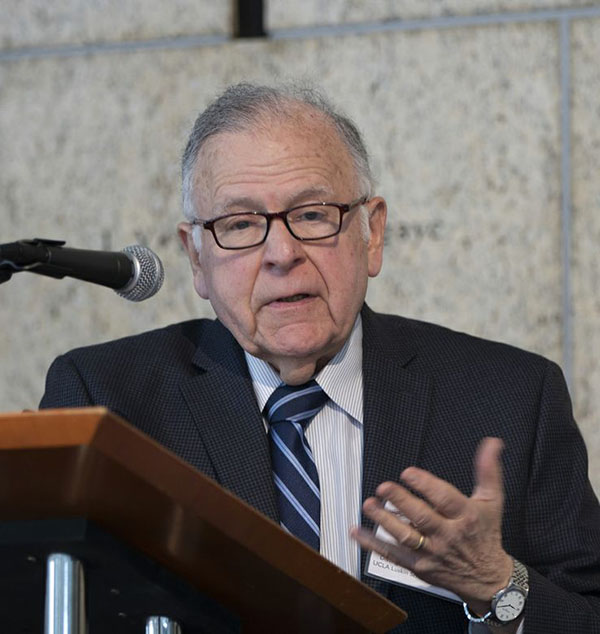
Martin Wachs
Martin Wachs was a renowned transportation scholar, mentor, and author for over five decades at UCLA, UC Berkeley, and the RAND Corporation. The field of transportation planning has been shaped by his early and consistent commitment to issues of social equity and access to opportunity. His scholarship and advocacy connected people from diverse fields, introducing poverty advocates to transit planners, historians to practicing engineers, environmentalists to transportation funding wonks, and literary scholars to economists. His honors included a Guggenheim Fellowship, two Rockefeller Foundation Humanities Fellowships, a UCLA Alumni Association Distinguished Teaching Award, the Pyke Johnson Award twice for the best paper presented to the Transportation Research Board, and the Carey Award for service to that Board. He was named Distinguished Planning Educator, the highest honor the American Collegiate Schools of Planning bestows on a faculty member.
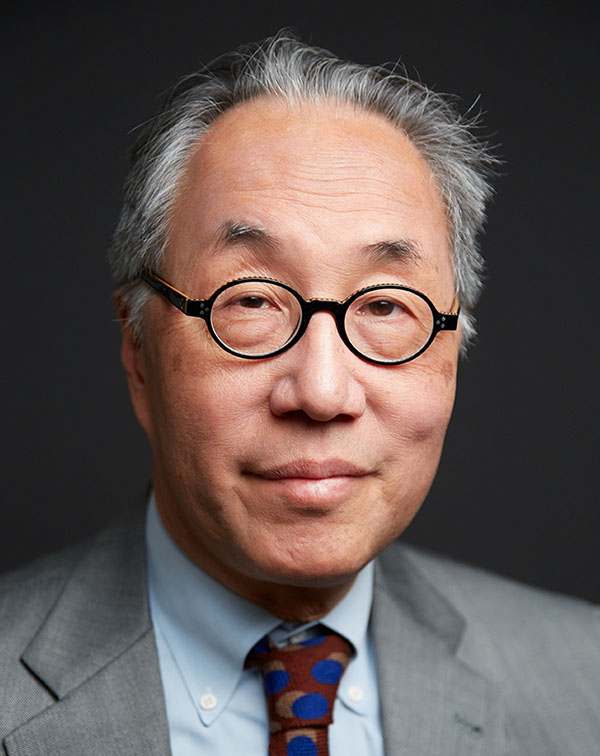
Mike Woo
Through a wide-ranging career Michael Woo has made a major impact on planning in Southern California and beyond. He was the first Asian American and urban planner elected to the Los Angeles City Council, representing the Hollywood area. In 2009, he became the first Asian American dean of the Cal Poly Pomona College of Environmental Design, one of the largest graduate urban planning programs in the state. Michael helped found the Hollywood Farmers Market in 1991. He was an instrumental figure in the planning of the routes and stations of the Metro Red Line subway connecting downtown Los Angeles to Hollywood. In 1989 he founded the Hollywood Community Housing Corporation to protect heritage buildings and create affordable housing. And he was the first Los Angeles general manager of Flexcar, the first car-sharing service in Southern California, and the predecessor of the Zipcar.
Women in the Planning Profession
California's Pioneering Women Planners
California's women planners, relatively few in the 1940s and 1950s, had to fight harder to get their due. Many found a place for building relationships within what is now APA.
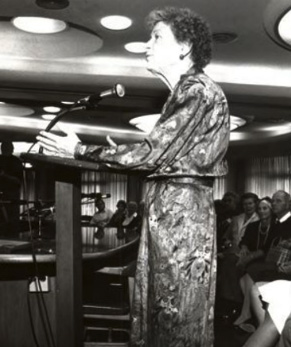
Mary Robinson Gilkey
As director of Marin County's planning department in the late 1940s and early 1950s, Mary Robinson Gilkey (later Mary Summers) was the first female to serve as an officer of CCAIP (1948). But it took 30 years for members to elect their first female president (Gloria S. McGregor, 1977-78).
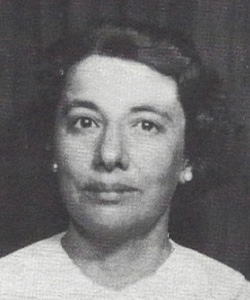
Minnie Ruth
Minnie Ruth established the Chapter's first regular office. She was elected to the board in 1961, the first woman to hold office since 1948. Minnie was a planning consultant with degrees in planning and in governmental administration; and married to another prominent planner, Herman Ruth.
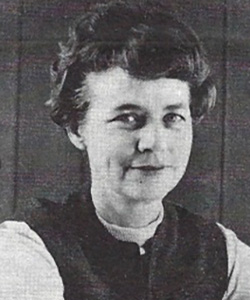
Marilyn M. Pray
Marilyn M. Pray was elected to the APA California board in 1968, only the third female officer of CCAIP in its first 20 years.
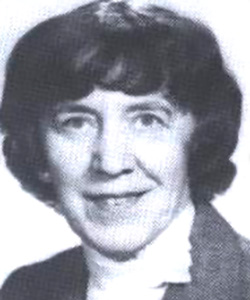
Betty Croly
Betty Croly came here in the 1940s, rising to Assistant Director of Planning for Alameda County. She served on the National APA Board, the California Chapter Board, and later established the APA California archives at California State University Northridge as the Chapter's first appointed Historian, a role in which she served for nearly 25 years.
As women advanced in the profession, many individuals became recognized leaders in the profession. These included former Berkeley Planning Director Marjorie Macris; planning consultant Nadia Andrews; Ruth Potter, part of a husband and wife planning team; and Sharon Hightower, believed to be the first woman in a permanent planning director position in Southern California (Claremont, 1969).
Starting in the 1970s, women also made strides in academia. Margarita McCoy who became a planning career midlife when suddenly forced to raise her two children alone, is believed to be the first woman to achieve full professor status, and the first woman in the United States to head a university planning program, at Cal Poly Pomona.
McCoy went on to serve on the APA California and National APA Boards; she also served as President of the American Institute of Certified Planners (AICP), the professional institute within APA. Her inspirational story is told in papers associated with the APA California collection.
The 1970s witnessed increased prominence for women in the profession, including many who became leading California academics including Dolores Hayden (UCLA), Jacqueline Leavitt (UCLA) and Sylvia White (Cal Poly Pomona).
These early leaders set the stage for women to take charge. Since then, APA California has elected nine women as president: Gloria McGregor, Janet Ruggiero, Reba Wright-Quastler, Collette Morse, Jeri Ram, Brooke Peterson, Julia Lave Johnston, Ashley Atkinson, and Andrea Ouse.
Planners of Color
Despite its economic and social ideals, planning was slow to become as diverse as its communities. Our research found no references to planners of color in CCAIP publications until the early 1960s, and then rarely. Yet we know there were pioneers of color involved in California.
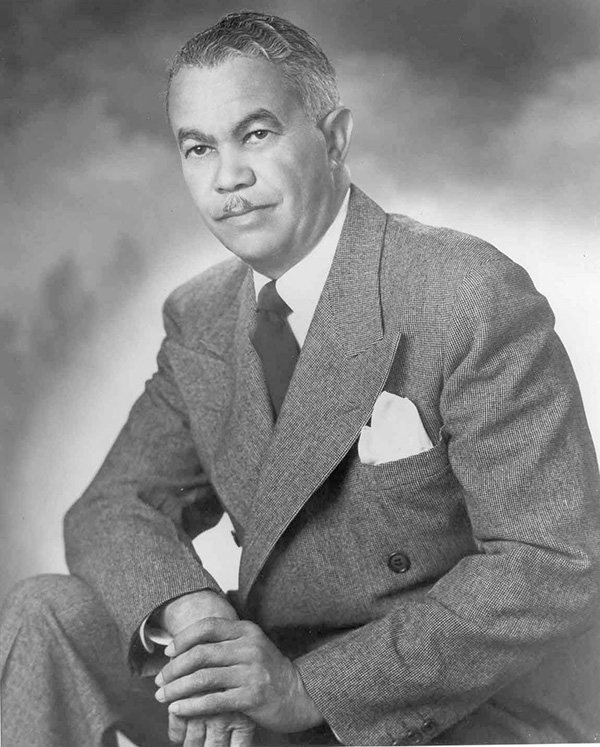
Paul Revere Williams
Renowned architect Paul Revere Williams served on the Los Angeles Planning Commission around 1920, but did not self-identify as a city planner. That said, he is widely credited for his contributions to the built environment of Los Angeles and Southern California.
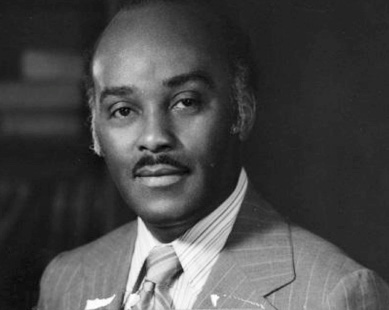
Samuel J. Cullers
Samuel J. Cullers, an MIT-trained planner who fought housing discrimination in Hartford, CN in the 1950s, later practiced in California, becoming one of the first African American planners leading what is now the Governor's Office of Planning and Research (OPR).
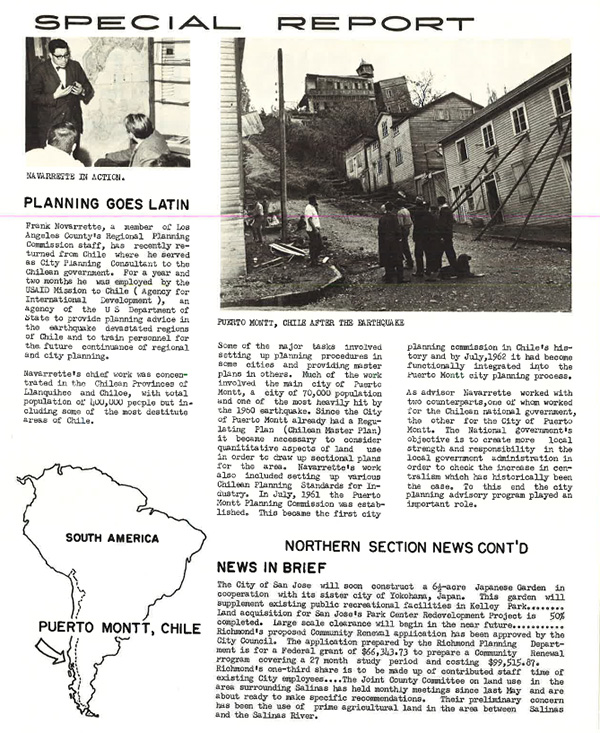
Frank Navarette
Los Angeles County planner Frank Navarette's 1964 travels to Chile to help form local planning commissions were featured in the CCAIP newsletter.
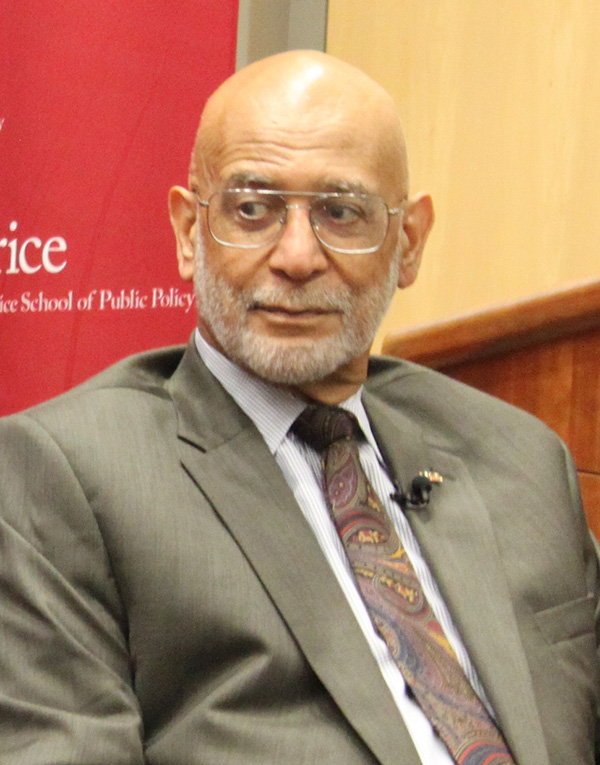
Clifford Graves
In 1964 Clifford Graves began his career and would rise to become a prominent planning and management professional.
Following 1965's devastating civil unrest in Watts, communities of color formed organizations – the Watts Community Labor Action Committee, United Neighborhoods Organization, TELACU, Spanish-Speaking Unity Council, community design centers and L. A.'s Barrio Planners to name a few -- to represent their communities. Pioneers include Dr. Ed Blakely, Alvin James, Yukio Kawaratani, Dr. Leo Estrada, Frank Villalobos, and others.
Planners increasingly turned to questions of equity, although those early efforts often lacked the depth of understanding required to address racism and economic injustice. Only after the 1992 civil unrest in Los Angeles did a chapter initiative lead National APA to launch its Agenda for America's Communities, and a tradition of diversity summits continuing today.
Today, APA California conducts annual diversity summits to explore the relationship between communities of color and the profession. Another APA California affiliated organization, the California Planning Roundtable, has initiated an oral history series of interviews exploring the intersection of planning and communities of color that have not always been beneficiaries of planning decisions.
